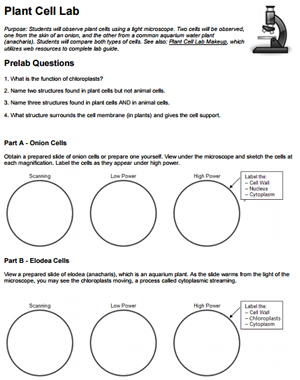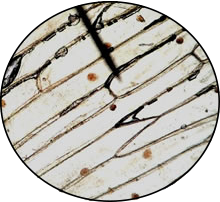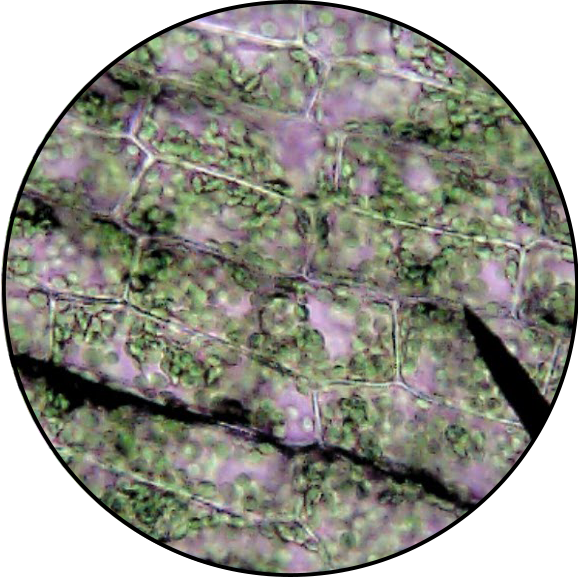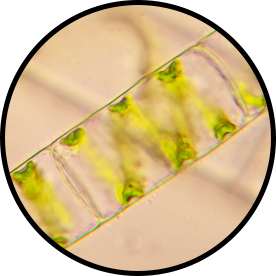
In this laboratory activity, students observe onion cells and elodea (waterweed) cells using the light microscope. The cells are both plant cells and appear as stacks of boxes in both cell types.
Onion cells are larger and do not contain chloroplasts, whereas elodea cells are smaller and contain hundreds of tiny green chloroplasts. Spirogyra are interesting filamentous algae that have a spiral-shaped chloroplast. Very pretty under a microscope! Students are asked to create a Venn diagram that compares the two plants and analyze reasons for these differences.
Finally, students are asked an open-ended question about the streaming of chloroplasts and asked to explain the behavior and devise a test for their hypothesis.
Students should know how to use the light microscope before they do this activity.
Onion slides can be purchased, or created in advance. Students make them by pulling the thin skin-like membrane from the inside of the onion layer. A stain of iodine can help make the viewing easier, but it isn’t necessary.
Elodea plants can be purchased from aquarium shops, but can be difficult to find certain times of year. Other water plants can be substituted, but terrestrial plants are not recommended (waxy covering on leaves makes viewing internal structures difficult.)
Grade Level: 9-12 | Time Required: 35 min – 45 min



HS-LS1-2 Develop and use a model to illustrate the hierarchical organization of interacting systems that provide specific functions within multicellular organisms.

